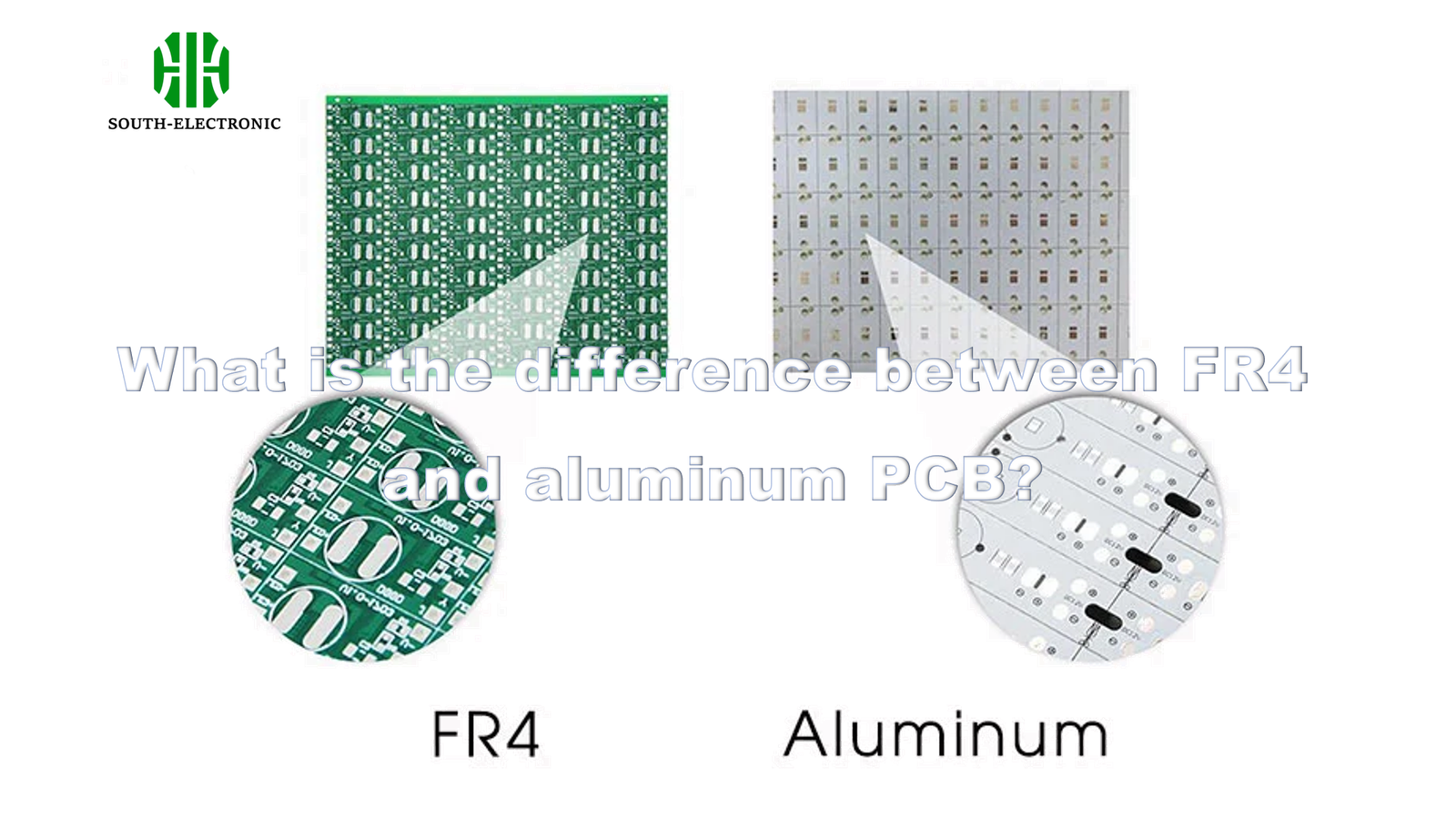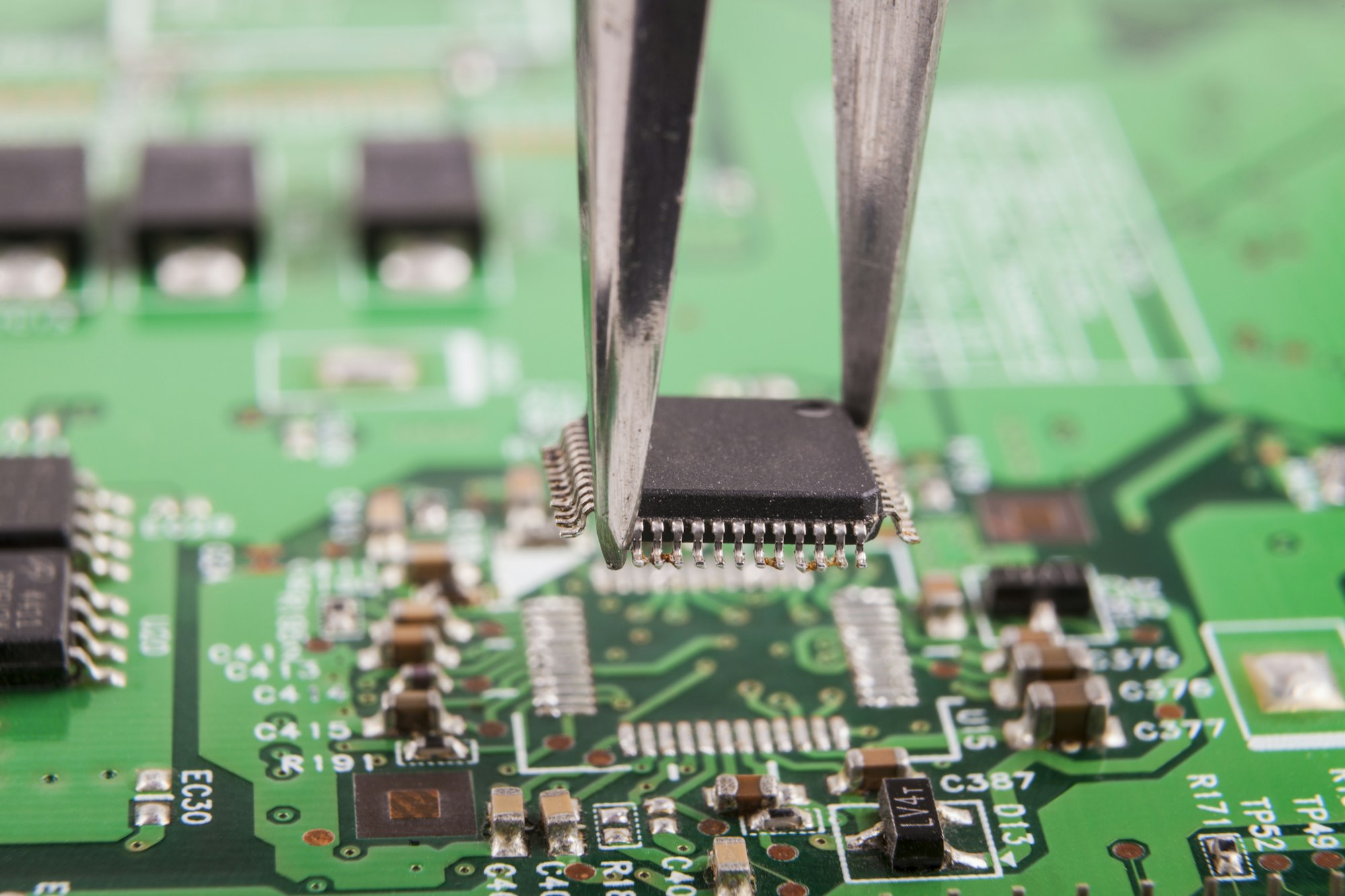Building circuits that melt under load? Your PCB material choice decides whether your project survives or fries. Let’s cut through the confusion between FR4 and aluminum PCBs.
FR4 uses fiberglass for affordable insulation in low-heat electronics, while aluminum PCBs utilize metal cores to dissipate heat 8-10x faster. Aluminum dominates in LED/power systems, while FR4 suits budget-friendly consumer devices needing basic thermal control.
Choosing the wrong PCB material can destroy sensitive components. Let’s compare these materials through four critical lenses.
Which PCB Material Dissipates Heat Better: FR4 or Aluminum?
Overheating kills 55% of electronic failures. Your PCB’s thermal path matters more than its copper traces.
Aluminum PCBs transfer heat 20x faster than FR4 through their metal core, with typical thermal conductivity of 1-4 W/mK (FR4) vs 80-230 W/mK (aluminum). This makes aluminum essential for heat-intensive applications.
)
Breaking Down Thermal Performance
Three factors determine heat management:
| Factor | FR4 PCB | Aluminum PCB |
|---|---|---|
| Core Material | Fiberglass/epoxy | Aluminum alloy |
| Dielectric Layer | N/A | Thermally conductive |
| Heat Transfer Path | Throughboard conduction | Direct metal core path |
I once ruined $300 worth of LEDs using FR4 boards – they yellowed within weeks. Aluminum PCBs kept replacement units cool for 2+ years. The 0.15mm thermal dielectric layer in aluminum boards acts like a heat highway, while FR4’s glass fibers create thermal speed bumps.
Does the Cost Difference Between FR4 and Aluminum PCB Value Their Performance?
Spending $8 vs $2 per board seems steep until you calculate failure rates. Let’s decode the cost-effectiveness equation.
FR4 costs 60-75% less than aluminum PCBs but fails in high-power scenarios. Aluminum’s 8x price premium pays itself back in reliability for power systems, LEDs, and automotive electronics.
)
When to Choose Each Material
Cost-performance analysis reveals clear use cases:
| Scenario | FR4 Advantage | Aluminum Necessity |
|---|---|---|
| Prototyping | Low iteration cost | N/A |
| High-Power LED | N/A | Prevents thermal runaway |
| Consumer Electronics | Sufficient for 1-5W loads | Overkill |
| Power Converters | Fails above 20W | Handles 50W+ steadily |
My engineering team saved $12,000 annually by switching test jigs to FR4 – they only handle 3W signals. But our outdoor LED displays demanded aluminum substrates to survive summer heat spikes.
How Do Material Structures Affect PCB Thermal Conductivity?
PCB layers aren’t just copper and solder mask – their hidden architecture determines thermal fate.
FR4’s glass fiber matrix traps heat like a thermos, while aluminum PCBs work like heat sinks. The metal core provides 50-85% of aluminum PCB’s thermal transfer capacity through direct metallic bonding.
)
Structural Breakdown
Key layer differences explained:
| Layer | FR4 | Aluminum PCB |
|---|---|---|
| Base | Fiberglass weave | 0.8-3mm aluminum plate |
| Dielectric | Epoxy resin | 50-200μm ceramic-filled |
| Copper | 1oz-3oz foil | 1oz-4oz foil |
| Thermal Path | Vertical through holes | Horizontal core transfer |
During a recent PCB autopsy, FR4 boards showed delaminated traces near heat sources. Aluminum counterparts maintained integrity thanks to their unified metal base acting as a thermal anchor.
Can Both Materials Handle High-Power Applications?
Pushing 50W through a PCB isn’t magic – it’s materials science. Let’s examine power ceilings.
Aluminum handles 5-10x higher power density than FR4 (200W/in² vs 20-40W/in²). FR4 suffices for low-power control boards, while aluminum is mandatory for motor drivers, HV converters, and COB LEDs.
)
Power Capacity Matrix
Real-world load benchmarks:
| Application | FR4 Max Safe Load | Aluminum Capacity |
|---|---|---|
| LED Modules | 0.5W/LED | 3W/LED |
| Power Supplies | ≤20W | 100W+ |
| Automotive ECUs | Non-engine bay use | Under-hood compatible |
| RF Amplifiers | Low-band only | Handles UHF/SHF bands |
Our lab stress-tested both materials – FR4 warped at 105°C during 25W continuous load, while aluminum maintained 68°C at 80W. This thermal headroom is why electric vehicle charging modules universally use aluminum substrates.
Conclusion
FR4 excels in cost-sensitive, low-heat electronics. Aluminum PCB’s metal core tackles high-power thermal challenges effectively. Match material choice to your project’s thermal demands and budget constraints for optimal results.



